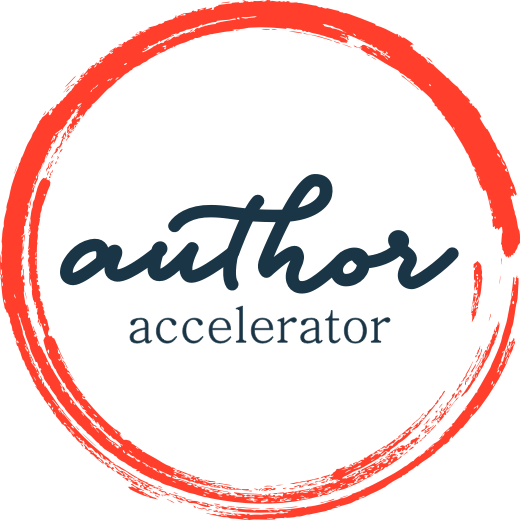KidLit: Kids Need Queer Characters Too
Today’s blog post comes to us from Sam Cameron. Sam (she/her) is an Author Accelerator certified book coach specializing in kid lit. If you want to know more about LGBTQ+ characters in your kids’ books, you can hear Sam talk about it on Episode 18 of the Coaching KidLit Podcast. You can also take Sam’s free quiz: Is my manuscript LGBTQ+ Inclusive?
Every year in June, there was a magical Sunday night when I got to stay up late to watch the Tony Awards. It was my family’s version of the Superbowl. The frisson of live musical numbers, the anticipation of summer vacation less than a week away – it was thrilling.
I can remember lying on the rug, watching the awards ceremony unfold on our big-bellied television set. I don’t know how old I was. Probably eight or nine. I don’t remember what the award was for or who was making the acceptance speech. All I remember was that a man was crying over his Tony and thanking his boyfriend.
My brain hitched. Boyfriend? Did he say boyfriend? That couldn’t have been right. Men didn’t have boyfriends. I adjusted for this cognitive dissonance by deciding he must have made a mistake. He just was so overwhelmed that he had accidentally said boyfriend instead of girlfriend. How silly.
Why was I doing such mental gymnastics over a single word in a Tony’s acceptance speech?
It was because I didn’t know that gay people existed. “Gay” was a bad word kids said on the bus. People or things were called gay, and I could tell by the tone and the way adults reacted that this wasn’t a good thing. I didn’t actually know what it meant until I was ten and finally asked my mom.
Some adults shy away from discussing LGBTQ+ identity with kids.
It may feel too “mature” or too “private.” It may be because adults feel like they can’t talk about same sex attraction without talking about sex. By the way, it is entirely possible to leave sex out of the conversation for kids who aren’t ready. Kids see cisgender people and different sex couples in their media all the time without any explanation of the birds and bees.
Most kids will easily and readily accept that two people of the same gender can love each other – as long as they are allowed to see it.
Not talking about sexual orientation under kids are “old enough” delivers an unintentional message.
When I learned what gay meant, I also learned that there had been gay adults in my life all along, but I hadn’t known it. This taught me that being gay was a secret.
There weren’t any gay characters in the books I read, or the movies and TV I watched until I graduated to PG-13, and even then, the gay characters were never the protagonists. By this omission, the message I received loud and clear was that there was something shameful, deviant, or “inappropriate” about being gay.
It wasn’t until middle and high school that I learned there were other ways of being too: bisexual, asexual, transgender, and more.
Learning new language gave me the means to describe myself – bisexual – but the fact that these words had been hidden from me during my age of innocence made me feel both like an outlaw (because I was queer*) and an imposter (because I could pretend to be straight). In the words of James Baldwin (who loved men, but resisted labelling his gender and sexuality):
“You think your pain and your heartbreak are unprecedented in the history of the world, but then you read.”
As a kid, I didn’t know where to find the books that would have shown me that other bisexual people felt as out of place as I did. The few books that did exist were hidden, forbidden just as the words that described my identity had been.
Kids need to see LGBTQ+ representation, early, and often.
All kids. Representation is not just for the queer kids who need to know there is nothing shameful or abnormal about them, but for their parents and their straight, cisgender peers who need that message even more.
What if I had grown up with same sex couples in my fairy tales and cartoons? What if my elementary school teachers had read us books about Sylvia Rivera and the Stonewall Uprising, just like they read us books about Rosa Parks and the Montgomery Bus Boycott? What if I had learned LGBTQ alongside ABCDE?
Maybe I wouldn’t have spent so much cognitive energy trying to diagnose my sexual orientation. My peers might not have used “gay” as an insult. And I wouldn’t have thought twice about that Tony’s acceptance speech.
*Queer is a term that some people who identify as LGBTQ don’t like because it was once widely used as a slur, and of course the original meaning of the word is “strange.” However, some folks love this term. It’s a little bit playful, and as an umbrella term, it’s much less of a mouthful than LGBTQ+...but also, it’s because a lot of us don’t neatly fit into the sexual or gender categories listed in LGBTQIA, so identifying as “queer” is a quick way of saying “I’m something other than heterosexual and/or cisgender” without having to fully define your gender or sexual orientation.

